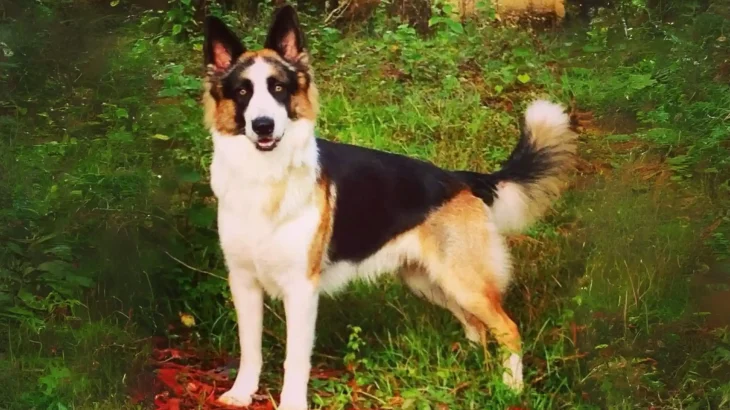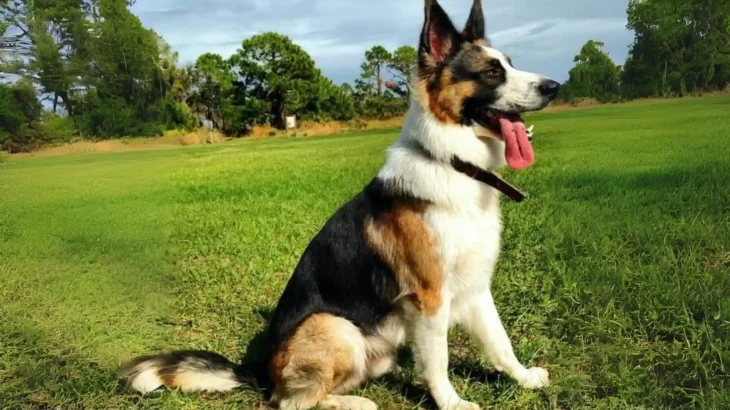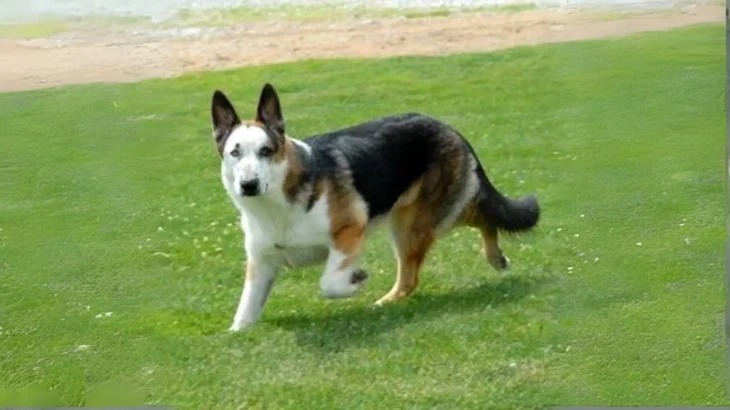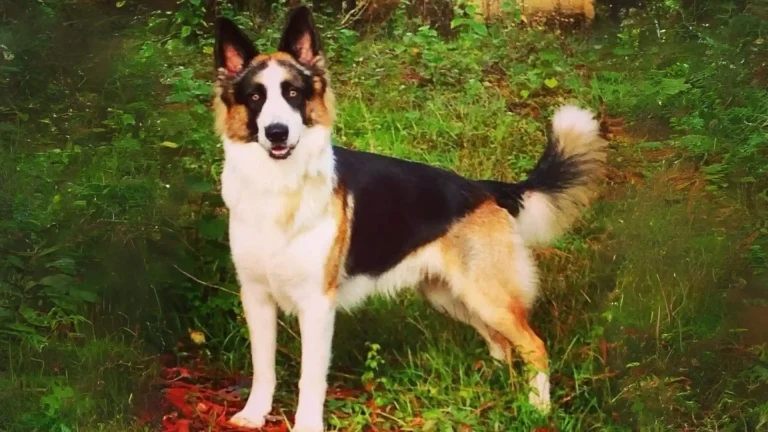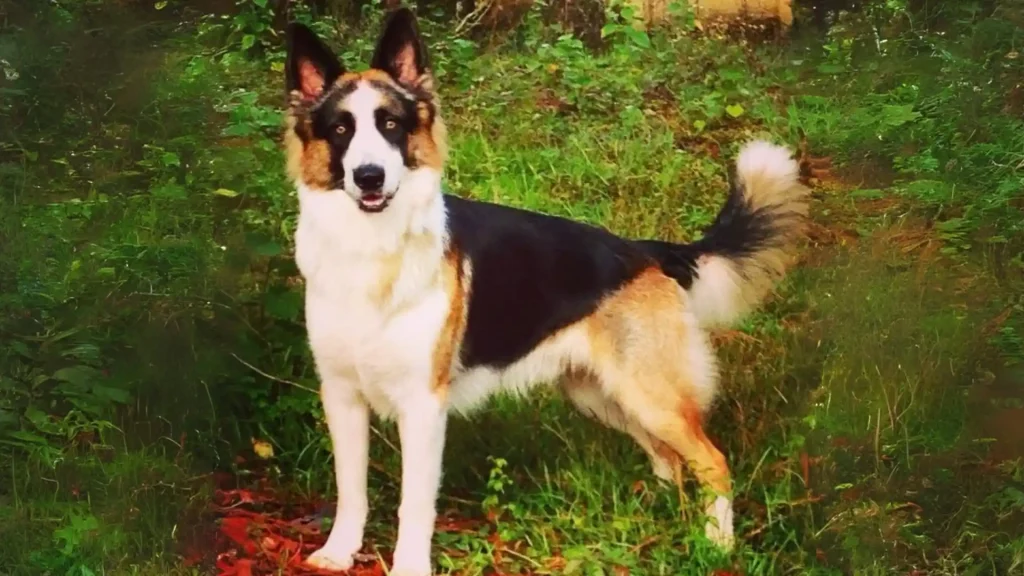Choosing between adopting or buying a Panda Shepherd puppy involves weighing factors like cost, health information, and ethics. Buying from a breeder often provides detailed breed and health knowledge, while adoption offers a compassionate option that supports animal welfare. Each has unique benefits that can shape your pet parenting experience.
Adoption vs. Breeder: Pros & Cons
| Criteria | Buying from Breeder | Adopting from Shelter/Rescue |
|---|---|---|
| Cost | Usually higher, reflecting purebred status and pedigree—several hundred to thousands of dollars. | Lower adoption fees, often including initial medical care like vaccinations. |
| Health History | Comprehensive records and genetic screening often available. | Health background may be limited, basic checks are common. |
| Age Availability | Primarily puppies, so you can raise your dog from early age. | Various ages, including older dogs needing homes. |
| Temperament Insight | Breeders provide lineage-based temperament info. | Behavior insights exist but can be less predictable due to unknown past. |
| Supporting Practices | Supports selective breeding for breed standards if ethical. | Supports animal welfare and reduces shelter populations. |
| Ethical Considerations | Requires ensuring breeder follows responsible practices. | Helps discourage commercial breeding by giving homes to rescued dogs. |

